Also known as a mechanical pencil, a pencil with a replaceable and mechanically expandable solid pigment core, usually made of graphite, which is not bonded to the casing and which can mechanically disintegrate during use as the tip wears extend.
The mechanical pencils we used when we were young are roughly as follows:
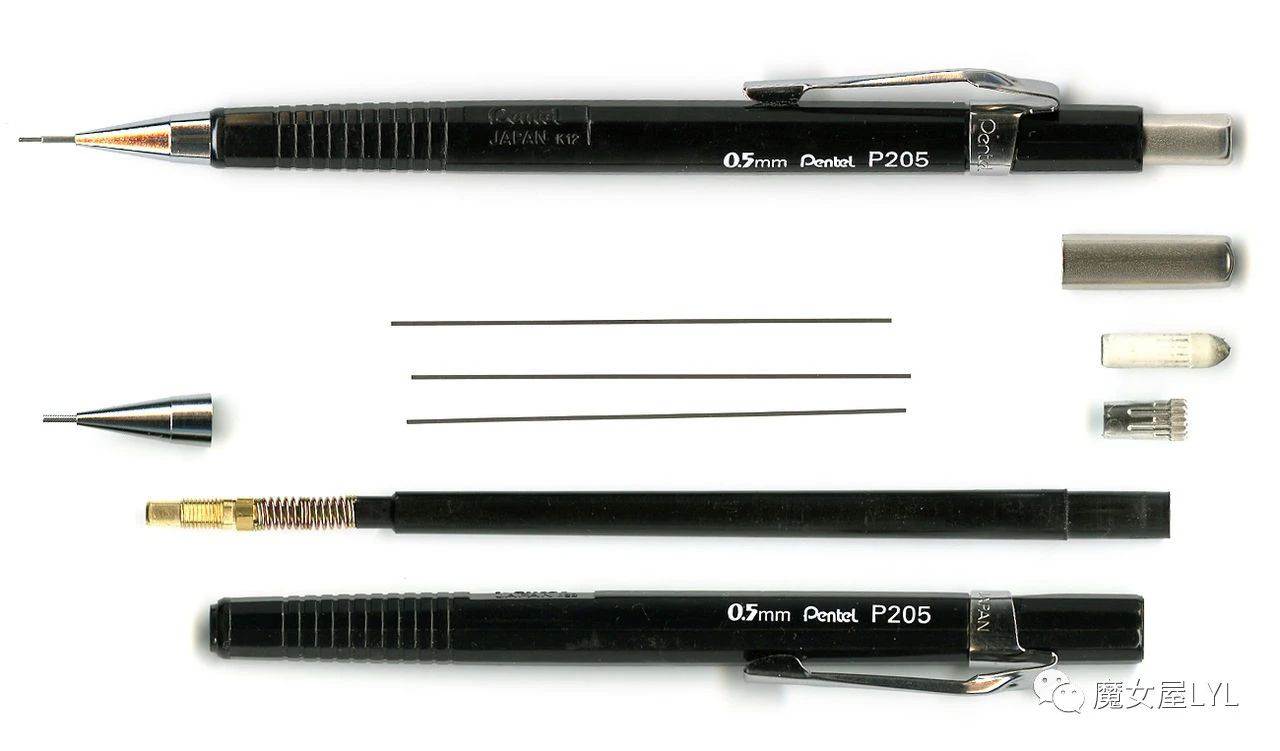
Mechanical pencils are used to provide lines of constant width without sharpening, for tasks such as technical drawing, and for clean writing. They are also used in fine art painting. It is also popular with students since no sharpening is required.
So, do you know when the mechanical pencil came out?
Let’s take a look at some antique collection-level mechanical pencils I found on the Internet, and continue to learn about the history of mechanical pencils.
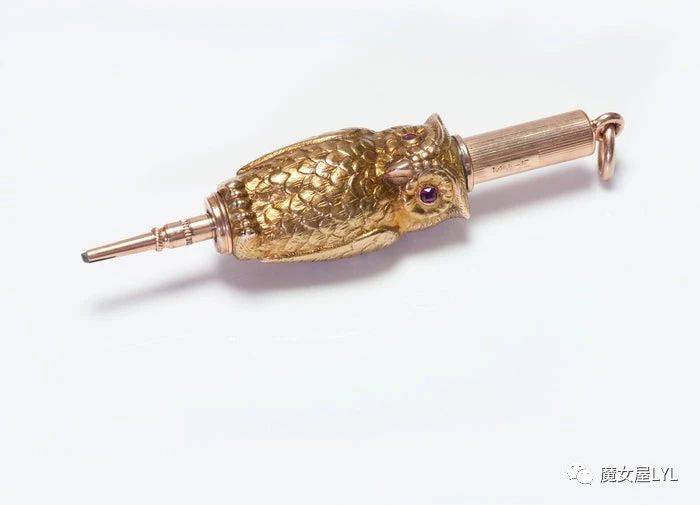
Conrad Gesner described a lead pencil in 1565, but the lead had to be manually adjusted to sharpen it. The earliest surviving example of a mechanical pencil is found on the wreck of the HMS Pandora, which sank in 1791.
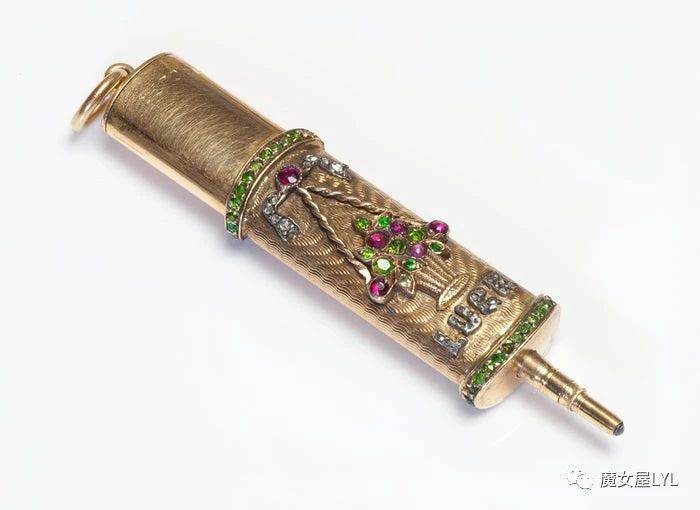
In 1822, Sampson Mordan and John Isaac Hawkins of England patented the first refillable pencil with a lead-advancing mechanism. After buying Hawkins’ patents, Modan entered into a business partnership with Gabriel Riddle from 1823 to 1837.
Hence, the earliest Mordan pencils bear the SMGR logo.
After 1837, Mordan ended his partnership with Riedel and continued to produce pencils under the name “S. Mordan & Co”. His company continued to produce pencils and various silver items until the factory was bombed during World War II.
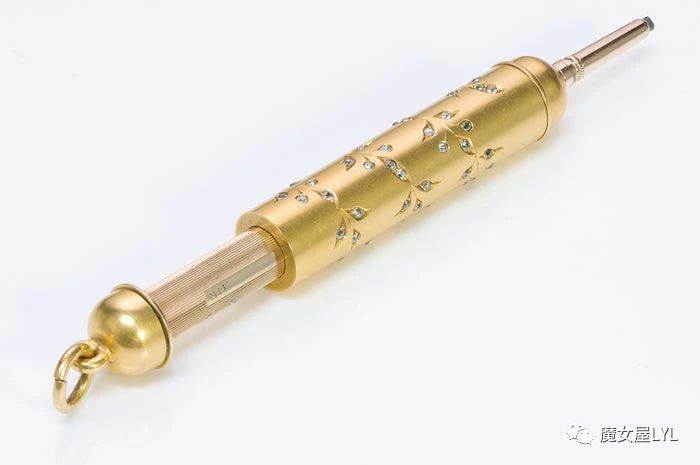
Between 1822 and 1874, more than 160 patents related to various improvements in the mechanical pencil. The first spring-loaded mechanical pencil was patented in 1877, and the screw-feed mechanism was developed in 1895.
The 0.9mm lead was introduced in 1938, followed by 0.3, 0.5 and 0.7 sizes, eventually, 1.3 and 1.4mm mechanisms were available, and now mostly 0.4 and 0.2 versions are produced.
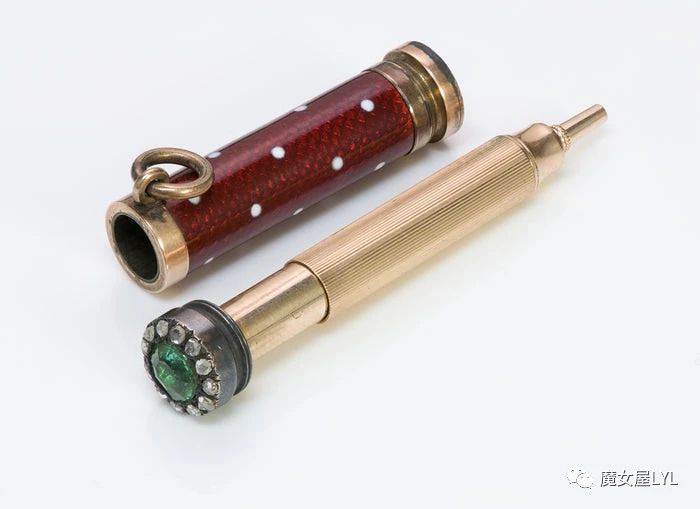
Antique SAMPSON MORDAN & CO. mechanical pencil.
gold, diamonds, rubies, sapphires